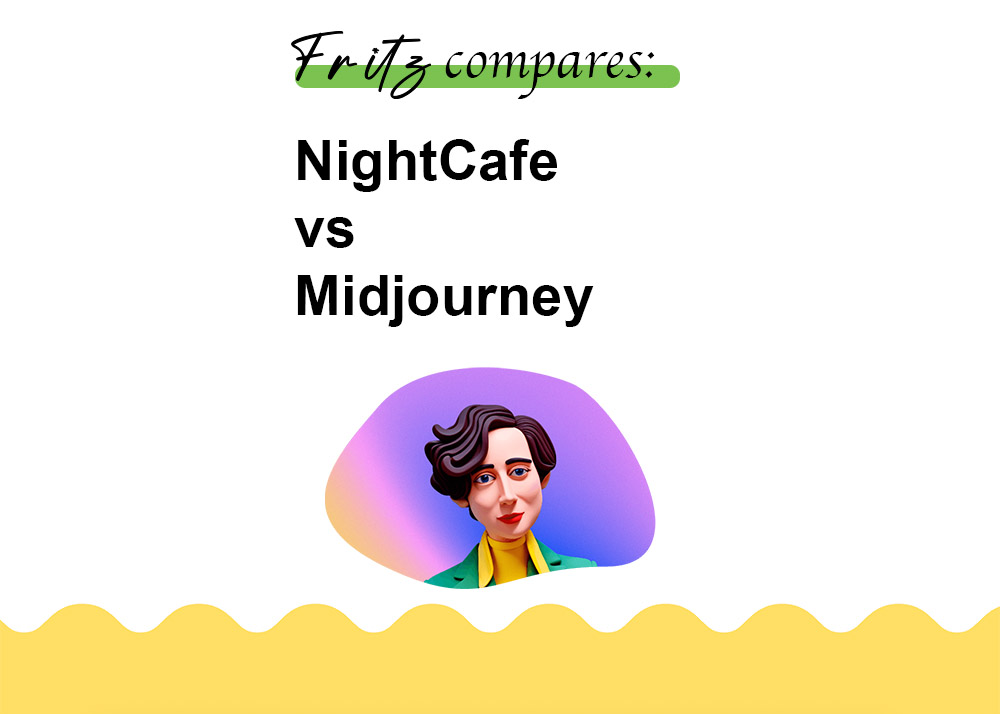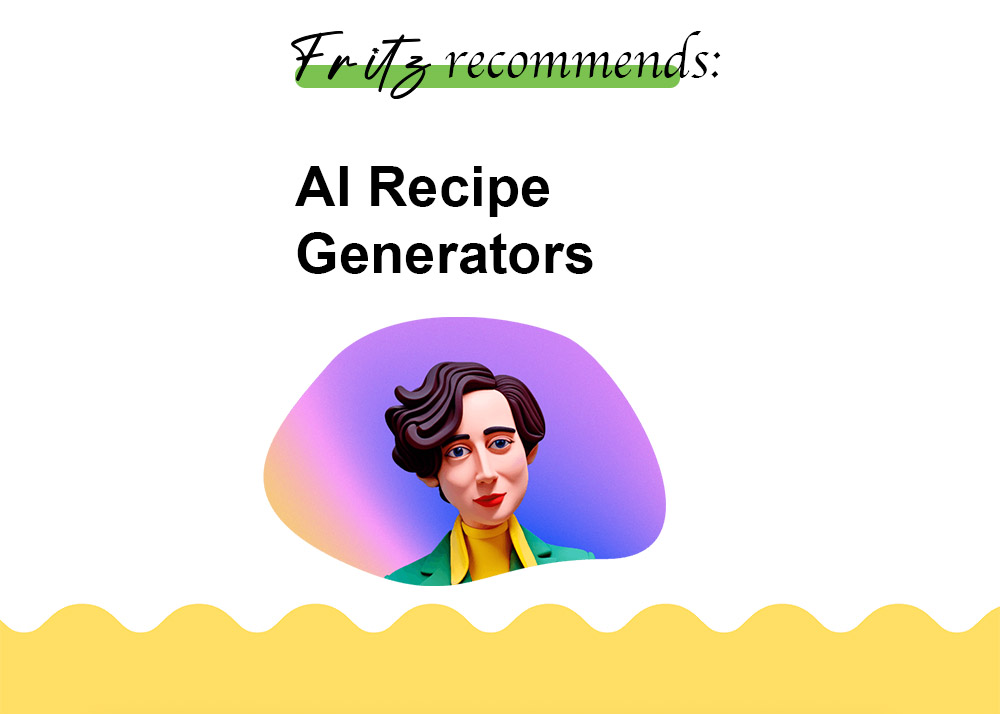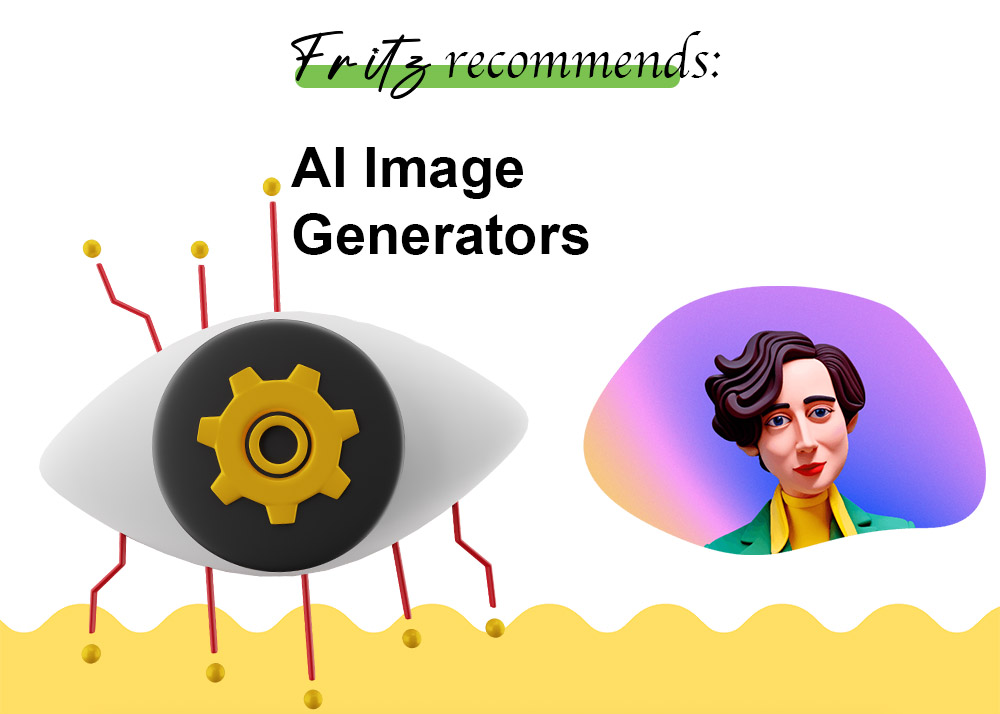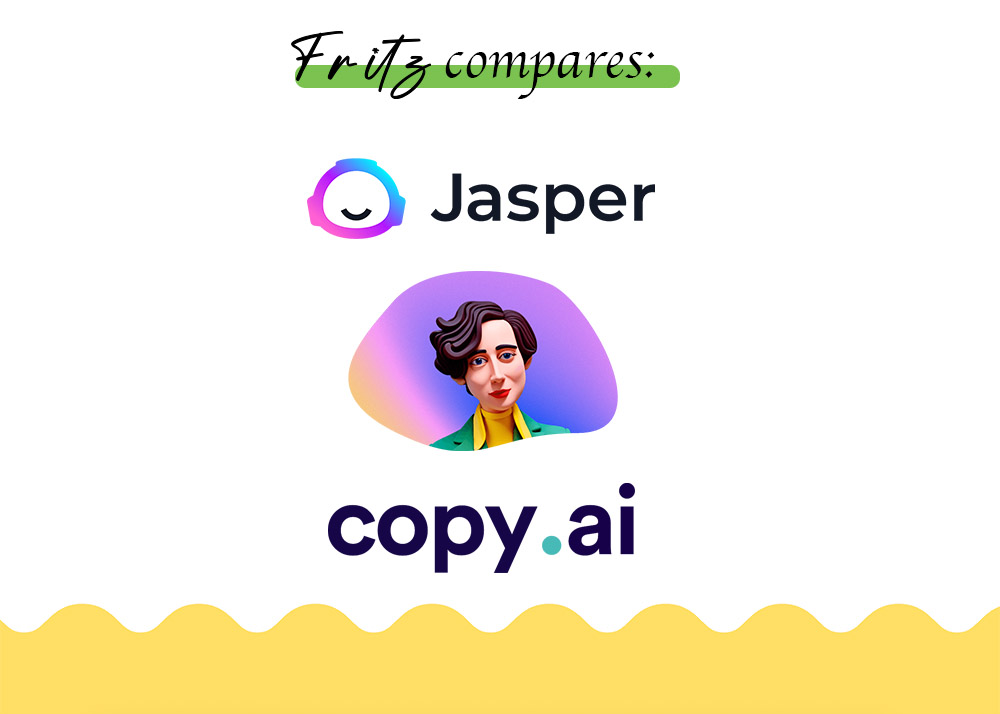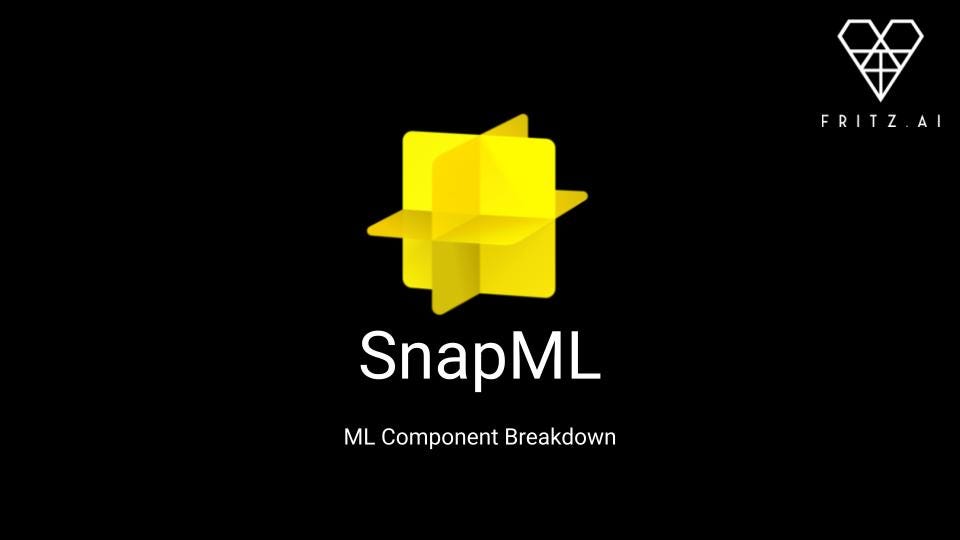Creativity isn’t just about picking up a pen and paper. Sometimes, having a brainstorming tool can assist you in creating stories, characters, and plot lines. And artificial intelligence (AI) is stepping into the limelight, offering innovative tools to spark your imagination.
Whether you’re a seasoned writer hitting a wall or a business professional looking to jazz up your presentations, AI story generators can be your ultimate brainstorming and creativity partner.
Continue reading 7 Best AI Story Generators for Boosting Your Creativity (2024)

